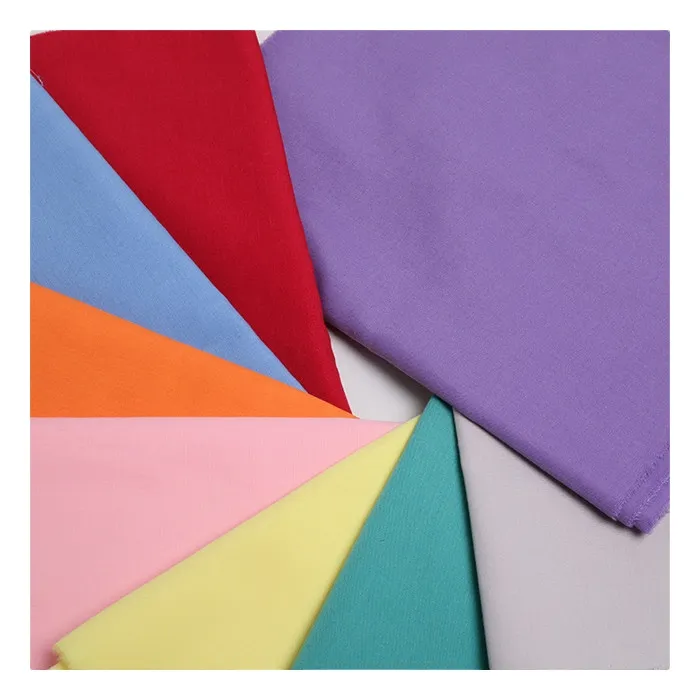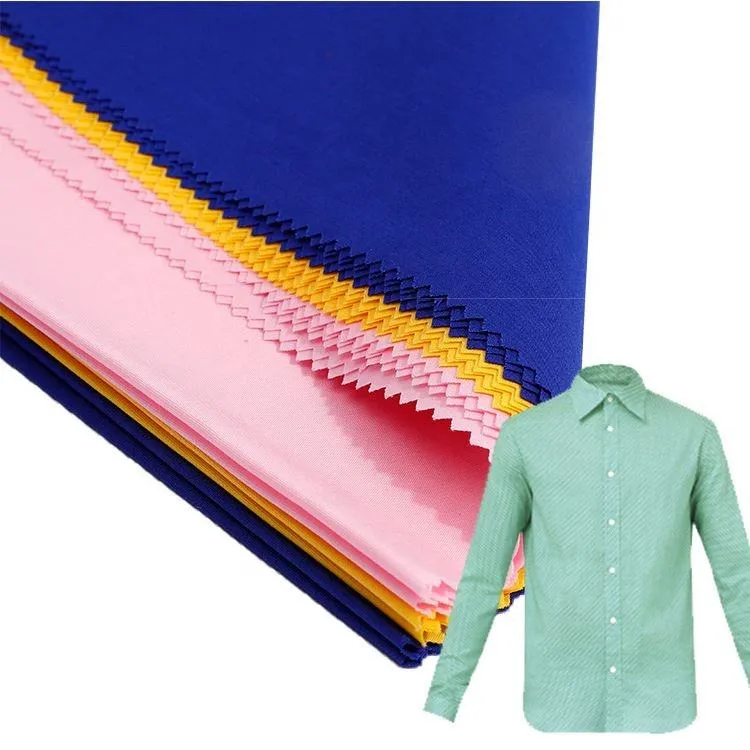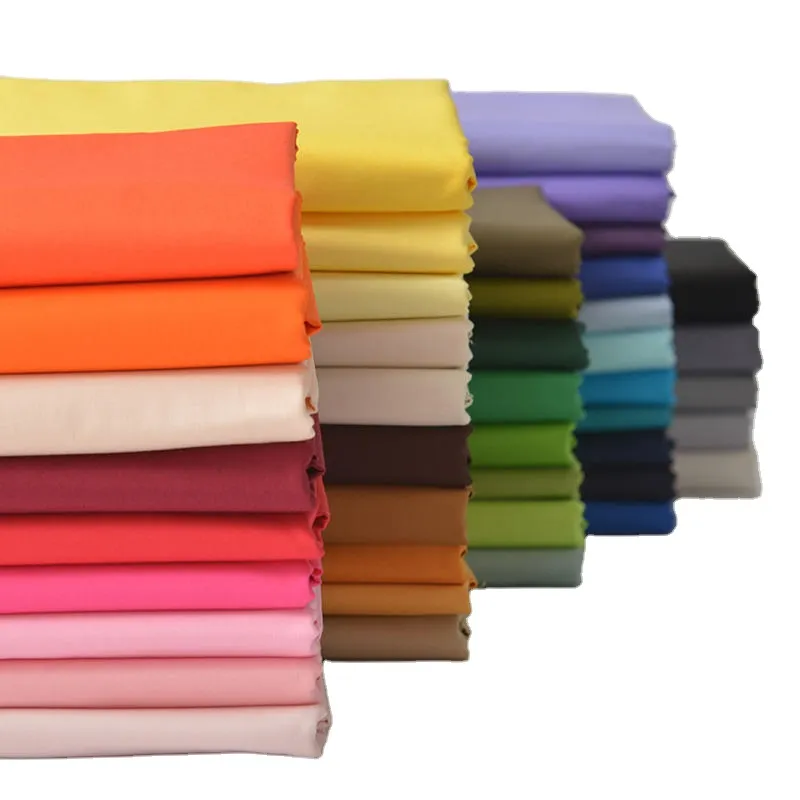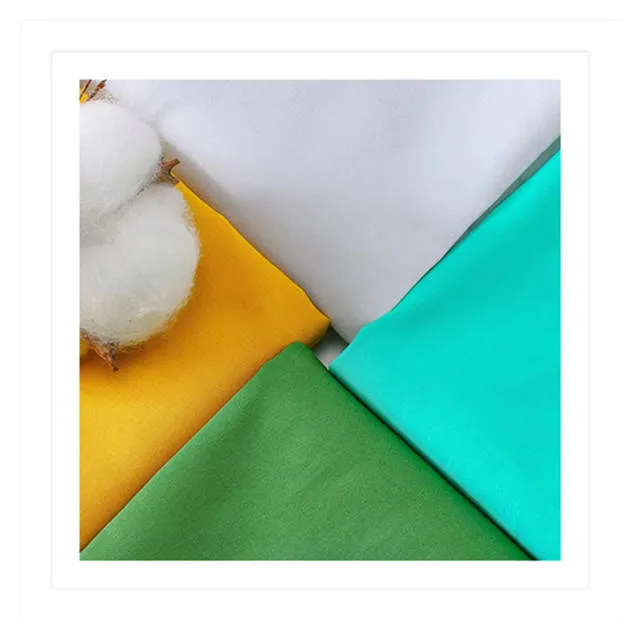
- Afrikaans
- Albanian
- Amharic
- Arabic
- Armenian
- Azerbaijani
- Basque
- Belarusian
- Bengali
- Bosnian
- Bulgarian
- Catalan
- Cebuano
- Corsican
- Croatian
- Czech
- Danish
- Dutch
- English
- Esperanto
- Estonian
- Finnish
- French
- Frisian
- Galician
- Georgian
- German
- Greek
- Gujarati
- haitian_creole
- hausa
- hawaiian
- Hebrew
- Hindi
- Miao
- Hungarian
- Icelandic
- igbo
- Indonesian
- irish
- Italian
- Japanese
- Javanese
- Kannada
- kazakh
- Khmer
- Rwandese
- Korean
- Kurdish
- Kyrgyz
- Lao
- Latin
- Latvian
- Lithuanian
- Luxembourgish
- Macedonian
- Malgashi
- Malay
- Malayalam
- Maltese
- Maori
- Marathi
- Mongolian
- Myanmar
- Nepali
- Norwegian
- Norwegian
- Occitan
- Pashto
- Persian
- Polish
- Portuguese
- Punjabi
- Romanian
- Russian
- Samoan
- scottish-gaelic
- Serbian
- Sesotho
- Shona
- Sindhi
- Sinhala
- Slovak
- Slovenian
- Somali
- Spanish
- Sundanese
- Swahili
- Swedish
- Tagalog
- Tajik
- Tamil
- Tatar
- Telugu
- Thai
- Turkish
- Turkmen
- Ukrainian
- Urdu
- Uighur
- Uzbek
- Vietnamese
- Welsh
- Bantu
- Yiddish
- Yoruba
- Zulu
Premium Carded Cotton Fabric: Eco-Friendly & Ultra-Soft
Carded cotton—from open-end lint to precision-blended yarn—is a pillar of high-utility textiles. The carded cotton process uniquely balances performance and affordability, making it an industry favorite for diverse sectors such as petrochemical, metallurgy, water treatment, apparel, and home textiles. This analysis focuses on carded cotton with a special focus on the acclaimed product: Tc65/35 110x76 White Fabric 44 Inches Carded Cotton Quality.

1. Industry Overview: The Evolution and Relevance of Carded Cotton
Global production of carded cotton yarns topped 20 million metric tons in the last year (Statista, 2023). The transition from conventional hand carding to advanced open-end and compact spinning has dramatically improved efficiency, uniformity, and application scalability.
- Carded open end cotton yarn—high efficiency, cost-effective, for denim and towels
- Combed carded yarn—improved fineness and strength (t-shirts, underwear)
- Cotton carded soft—softer handfeel, ideal for babywear/linens
- Carded cotton vs combed cotton—cost-performance trade off (see table below)
- Key Europe/Asia manufacturers are responding with rapid innovations in carded yarn and combed yarn segments for both industrial and technical textiles

2. Technical Parameter Table: Carded Cotton Variants at a Glance
3. Manufacturing Process Diagram: How Carded Cotton Yarn Is Made

- Blowroom: Opening, cleaning & blending fibers for optimal consistency
- Carding: Separation of impurities, short fibers & parallelization; forms sliver
- Drawing: Combines multiple slivers for better fiber alignment & evenness
- Spinning (Open-end / Ring): Twisting & winding into yarn (ISO 2060:2018 standard for count uniformity)
4. Product Spotlight: Tc65/35 110x76 White Fabric 44 Inches Carded Cotton Quality
Tc65/35 110x76 White Fabric combines the durability of polyester (65%) and the comfort of carded cotton (35%) in a state-of-the-art 44-inch wide construction. Manufactured using proven carded yarn processes and CNC machine-guided weaving, it assures both strength and comfort across numerous industries.
- Material: Poly-cotton blend (ISO 1833-1:2010, blend ratio verification)
- Warp x Weft Density: 110 x 76 threads/inch
- Fabric Width: 44 inches (112 cm)
- Yarn Type: 30s carded cotton yarn
- Manufacturing: Precision CNC weaving, electronic inspection
- Finish: White, soft handle, anti-pilling, Oeko-Tex® certified (Class 1—safe for infants)
- Compliance: ISO 13934-1 tensile strength, EN ISO 105-C06 color fastness
- Lifetime (Industrial Use): >150 wash cycles (internal/lab data)
- Main Industries: Hotel & hospital linen, uniforms, water/chemical filtration, industrial linings, crafts
Download Full Product Specification: Tc65/35 White Fabric Datasheet

5. Technical Indexes: Visualized Comparison of Market Alternatives

6. Application Scenarios: Where Carded Cotton Excels
- Petrochemical sector: Used in filtration sleeves and anti-static linings due to longevity and chemical resistance
- Metallurgy: For protective clothing where strength and heat dissipation are crucial
- Healthcare & Hospitals: Ideal for hospital beddings thanks to hypoallergenic, high-wash properties
- Uniform Production: Favored in hospitality & industrial uniforms (wear-resistance with softness)
- Water Treatment: Filter media, bag filters—excellent bulk and wet strength (3rd-party tests verify >92% retention after 150 washes)
- Consumer Textiles: Bedsheets, towels, premium upholstery—where soft touch meets high tensile performance
See live client case: BoswinTextile Client Application Case
7. Product Specification Table (With Standard Reference)
8. Price Trend: 30s Carded Cotton Yarn Price Evolution (Last 18 Months)
9. Quality Assurance & Certification
- ISO 9001:2015 certified quality management
- OEKO-TEX® Standard 100 Class 1 certificate – baby safe
- Meets ANSI/AATCC Color Fastness, Tear, and Tensile tests
- All products lab tested (SGS, BV) for consistency, residue, and eco compliance
- Trusted supplier to leading industrial textile brands in Asia & Europe (Confidential List Shared Upon Request)
10. Manufacturer Comparison: Carded vs Combed Cotton
11. Customization & Delivery
- Yarn Count Range: 21s-40s; Weave Density: 90–136 x 70–100 available by request
- Color: Bleached, dyed, print-ready or custom Pantone color finishes
- Emboss, functional finishes: Water repellent, anti-microbial, flame retardant (on order)
- Lead Time: 15–25 days (stock items 5–7 days); urgent delivery supported
- MOQ: Standard 5000 meters, flexible for project partners
- Warranty: 12 months on all industrial products (performance, handle, wash durability)
- After-sales: 24/7 online support; technical on-site support in APAC, EU, ME regions
Request your sample or quotation now at info@bosswintextile.com or via the Contact Form.
12. FAQs – Technical Terminology & Industrial Practice
- What is carded open end cotton?
Carded open end cotton utilizes the open-end spinning method, bypassing the roving step for high-speed, bulk production. It's cost-efficient and used widely in items where strength is less critical than productivity, e.g., towels or jeans. - What does combed carded mean?
Fibers are first carded (removing big impurities), then combed (eliminating shortest fibers and further aligning), resulting in smoother, finer, more uniform yarn. - What is the difference between cotton carded soft and regular carded yarn?
"Cotton carded soft" refers to yarn produced with processes or finishing treatments that enhance handfeel and drape, making it ideal for next-to-skin applications. - How do carded and combed yarn compare in technical performance?
Combed yarn yields higher tensile strength (25–35 cN/tex), enhanced evenness (CV% - What are the common installation/usage standards for cotton carded or combed textiles?
Strictly follow ISO standards for sewing (ISO 4915 stitch types), storage/humidity control, and periodic wash testing (EN ISO 6330). - How is yarn count (e.g., 30s carded cotton yarn price) determined and why does it matter?
"30s" means 840 yards of yarn weighs 1/30th of a pound (English cotton system), impacting fineness, weight, and price (market value currently ~$3.10-3.15/kg for 30s). - What are the principal yarn test standards I should look for in procurement?
ISO 2060 for count, ISO 13934-1 for tensile, ISO 105-C06 for color fastness, and Uster statistics for CV% type measures.
13. Typical Application: Service Case Study
In 2023, a Southeast Asian medical textile enterprise adopted carded cotton-blend Tc65/35 fabric for patient bed linen supply. After 180 industrial washes (EN ISO 15797 protocol), fabric retained >91% tensile strength, negligible pilling, and maintained Class-1 hypoallergenic rating (lab report available). Client cited "cost savings of 26% versus all-combed cotton solution" and rapid ROI due to lower replacement frequency.
- Client Type: Public Hospital Chain (5000+ beds)
- Annual Volume: >160,000 meters
- Features: Bulk, rapid-dry, resistance to chemical/bleach washes, comfort
- Sustainability: Oeko-Tex and ISO 14001 certified facility
14. Delivery Cycle, Quality Guarantee, & Support
- Normal Delivery: 15–25 days after deposit/order confirmation
- Warranty: Full fabric warranty (manufacture, handle, wash loss resistance) for 12 months
- Support Channels: Online chat & hotline, on-site application engineer upon request
- Samples: Free swatches shipped globally (express fees possible)
- Returns: Pre-arranged returns & credit for confirmed technical issues
15. Conclusion & Industry References
As shown, carded cotton and its application in innovative products like Tc65/35 110x76 fabric offer an ideal convergence of strength, softness, compliance, and value. The ability to tailor performance through blend, density, or finishing ensures continued relevance in technical, consumer, and industrial markets alike.
Further Reading:
– Textile World: Carding Technology and Spinning Evolution
– TextileSchool: Carded Cotton Fundamentals
– Textile Today Forum: Technical Data & User Feedback
– Uster Technologies: Yarn Quality Datasheet
-
The Versatility and Elegance of White Cotton Poplin FabricNewsJun.23,2025
-
The Luxurious Comfort of Carded CottonNewsJun.23,2025
-
Explore the Luxurious Comfort of Cotton Flannel ClothNewsJun.23,2025
-
Discover the Versatility of Cotton Poplin ClothNewsJun.23,2025
-
Bleach Cotton FabricNewsJun.23,2025
-
100 Cotton BlendNewsJun.23,2025
-
Versatile Elegance with Poplin Fabric for SaleNewsMay.15,2025
